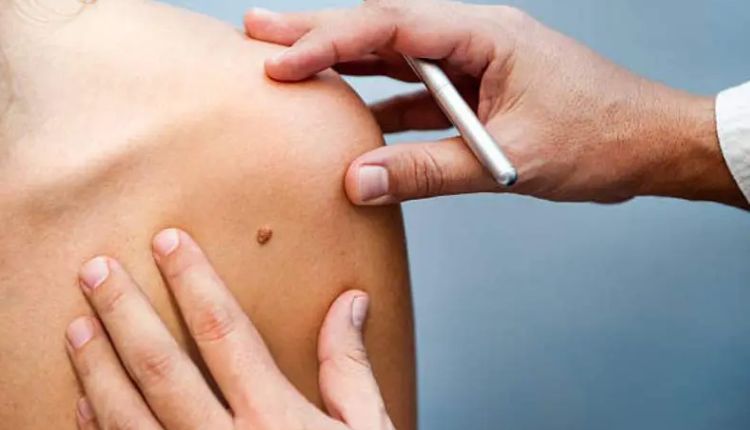Living in Brisbane means enjoying a lifestyle full of sunshine, beaches, and outdoor activities. But with all that sun exposure comes an increased risk of skin cancer. That’s why scheduling a regular skin check is one of the most important steps you can take for your health. Knowing how often to book an appointment depends on your personal risk factors, lifestyle, and medical history.
Why Skin Checks Are Essential
Queensland is often called the “skin cancer capital of the world” because of its high rates of UV radiation. Skin cancers, including melanoma, basal cell carcinoma, and squamous cell carcinoma, can develop quietly and progress quickly if unnoticed. Early detection makes treatment simpler, less invasive, and far more effective. Regular checks give doctors the chance to identify suspicious spots before they become serious.
General Guidelines for Skin Checks
For most adults, experts recommend booking a full-body skin check once every 12 months. This routine schedule allows dermatologists or GPs to monitor your skin and catch any changes early.
However, this is only a general rule. The exact frequency depends on your individual level of risk.
Factors That Influence How Often You Need a Skin Check
1. Personal History of Skin Cancer
If you’ve had melanoma or any other type of skin cancer before, you’ll likely need check-ups more frequently—every 3 to 6 months, especially within the first few years after diagnosis.
2. Family History
A strong family history of melanoma or skin cancer puts you at higher risk. In this case, doctors may suggest booking checks every 6 to 12 months.
3. Skin Type and Features
- Fair skin that burns easily.
- Red or blonde hair.
- A large number of moles or freckles.
All of these characteristics increase your chances of developing skin cancer, meaning more regular check-ups may be necessary.
4. Sun Exposure Habits
Outdoor workers, athletes, or people who spend a lot of time in the sun should consider skin checks at least once every 6 to 12 months. Brisbane’s subtropical climate means year-round UV exposure, so this group faces additional risk.
When to Book a Skin Check Immediately
Even if you’re not due for your annual visit, certain changes in your skin should prompt an immediate appointment:
- A mole that changes in size, colour, or shape.
- A new growth that looks unusual or different from others.
- A sore or patch that won’t heal after several weeks.
- Any mole or spot that becomes painful, itchy, or bleeds.
Waiting until your next routine check could delay diagnosis, so it’s always safer to get checked right away.
What Happens During a Skin Check?
A skin check is straightforward and generally takes less than half an hour. Your doctor or dermatologist will:
- Examine your skin from head to toe under good lighting.
- Use a dermatoscope (a magnifying tool) to inspect spots more closely.
- Take photos of moles or lesions for future comparison.
- Recommend a biopsy if something looks suspicious.
This process is simple, painless, and provides peace of mind.
Protecting Yourself Between Appointments
Booking skin checks is only part of the solution. Protecting your skin every day can reduce your risk:
- Apply SPF 30+ or higher sunscreen daily.
- Wear wide-brimmed hats, long sleeves, and sunglasses outdoors.
- Avoid peak UV hours between 10 a.m. and 4 p.m.
- Perform monthly self-examinations at home.
These habits combined with professional monitoring provide the best defence against skin cancer.
Conclusion
When it comes to skin health in Brisbane, prevention and early detection go hand in hand. For most people, an annual skin check is enough, but those with higher risks—such as fair skin, family history, or heavy sun exposure—should consider more frequent visits. The key is to be proactive: don’t wait until you notice changes. Regular appointments with a qualified professional can catch problems early and help keep your skin healthy for years to come.






